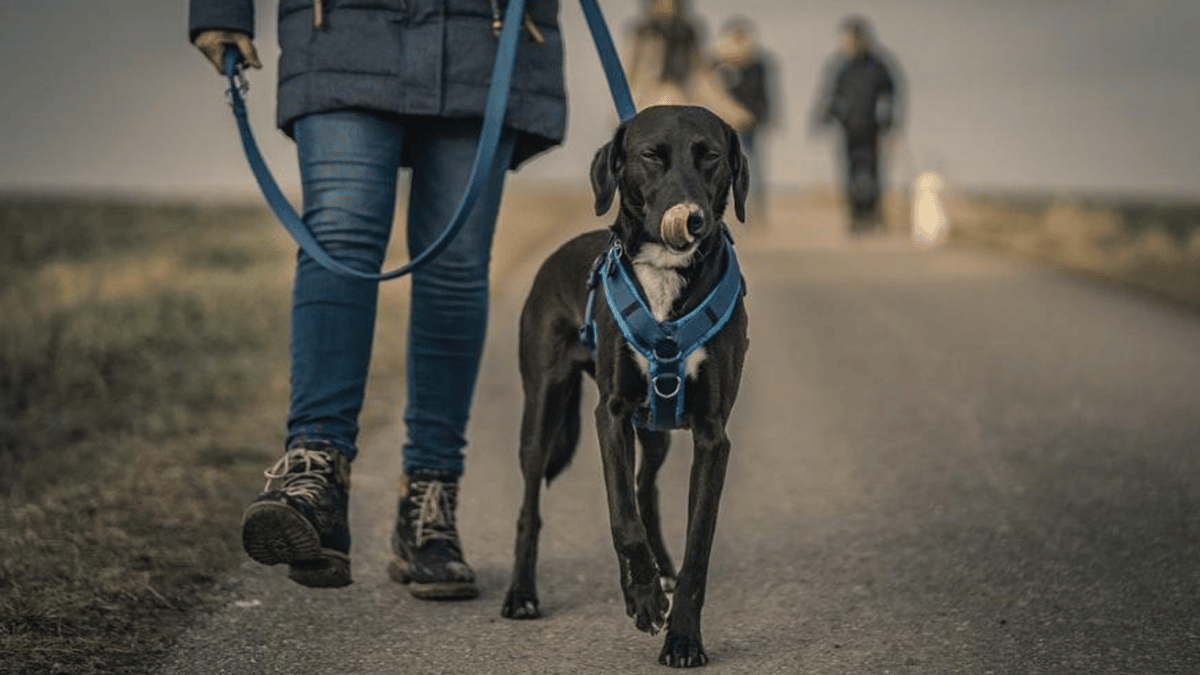Getting a new puppy is one of the most exciting moments there is. It’s full of joy, and happiness, and it feels like it adds a whole new element to the household and the family. That’s because it does. The magic of dog ownership is one that is only truly known to those who have owned a dog themselves. However, like anything else in life, there are certainly pros and cons to dog ownership. The pros simply outweigh the cons in most circumstances. Nothing in life is perfect, however, and the struggles associated with training a new puppy are very real. Nothing worth doing is ever going to be totally easy, though.
That being said, you don’t have to reinvent the wheel, either. People have been training dogs for years to do all sorts of incredible things. From learning how to smell certain chemicals in bombs, to being trained as emotional support animals, to completing unbelievable obstacle courses in mind blowing times. Dogs are truly amazing, and can be trained to do just about anything, even to get a beer from the fridge for their owner, so let yourself dream as big as you want when it comes to training your furry four-legged friend.
No matter what your end-goal with training is, you’ll want to start with some basic on-leash training. This will help establish a foundation of rules, commands, and obedience that can carry over into further and extended training.
Contents
Basic Introductions
The first step in leash-training a new puppy is introducing the equipment. This sounds simple enough, but can actually prove to be just a tiny bit tricky. First things first, you’re going to want to choose your dog leash. Choosing your leash depends a little bit on what type of dog you have, but most puppies will be similarly sized.
That being said, medium and large breed dogs have a tendency to grow at a faster rate than smaller breeds. Keeping this in mind, you may want to choose a leash option that will last a bit longer in the case your dog is going to grow quickly. Alternatively, you may just want to purchase a few leash options, like a shorter leash and a longer retractable leash.
No matter what you end up choosing, you’re going to want to spend some time letting your puppy get used to their new leash and collar. Be careful not to let the puppy get into the habit of chewing or biting their leash, as this behavior can carry over into their teenage years and beyond.
Developing a Reward System
Next on the to-do-list when working on leash-training a puppy is to develop a rewards system for the dog. There are multiple reward systems that are effective, and they all operate in a similar way. The easiest, and most common, of these reward systems is the treat system. This is essentially just rewarding the dog for performing specific behaviors with a small, chewable, and delicious treat.
However, there is also a click-training method, and a play-time reward method that both prove effective for other reasons. By incorporating a play-time reward method, dogs develop a more intrinsic motivation to bond with their owner or trainer, than with a food-based reward system in which they’re obedient to whoever holds the tastiest treats.
Finally, the clicker-system still uses treats as rewards, but also integrates a clicking mechanism that helps the owner communicate more precisely with their animal. No matter which method you subscribe to, it’s important to pick one and adhere to it through the duration of the leash-training.
Teaching how to Heel
The heel command is a very important part of a puppies on-leash training. Arguably, it’s the most important part of the whole on-leash training process. This is the command that tells the puppy to come up to the side of the owner, and walk at the pace they dictate.
This can be accomplished by motivating the dog with periodic treats along the walk after a heel command is obeyed. Eventually, you can start extending the amount of time between the heel command and a treat, training the dog to listen to the command and keep your pace with or without treats involved down the line.
Preventing Pulling
Pulling is a really common thing that excitable puppies do on the leash, but can make it difficult for their owners to walk them regularly.
If the dog starts to pull, stop walking and hold your ground. Don’t yank the leash, rather just stop, and call the dog back to you calmly. If they come, you can reward them with a treat. Do this every time they start to pull, and they should quickly learn not to anymore.
Be Consistent
The most important element in any training regimen is consistency. By being a consistent trainer in your puppies life, they will learn to trust and love you, making it all the easier to train them to be as skilled as you’d like.

